Volcanoes 5th Grade Cloze Activity Worksheet
Volcanoes are a fascinating natural phenomenon that capture the curiosity of many 5th-grade students. This cloze activity worksheet provides a perfect opportunity for students to deepen their understanding of volcanoes, while also strengthening their reading and comprehension skills.
Table of Images 👆
More 5th Grade Worksheets
5th Grade Math Worksheets PrintableMultiplication Worksheets for 5th Grade
Constitution Worksheets for 5th Grade
Coordinates Worksheets 5th Grade
United States Worksheets 5th Grade
Free Division Worksheets for 5th Grade
Poetry Terms 5th Grade Worksheets
5th Grade Social Studies Printable Worksheets
What is a volcano?
A volcano is a natural landform created by the accumulation of magma, gases, and ash erupting onto the Earth's surface through fissures in the Earth's crust. This process can result in explosive eruptions or more gentle lava flows, influenced by the type of volcano and the characteristics of the magma.
How are volcanoes formed?
Volcanoes are formed when magma from within the Earth's mantle pushes its way to the Earth's surface through fissures or vents in the Earth's crust. The buildup of pressure causes the magma to erupt, resulting in the formation of a volcano. Over time, repeated eruptions can build up a cone-shaped structure around the vent, creating a volcano.
What is inside a volcano?
Inside a volcano, there is typically a magma chamber filled with molten rock (magma), gases, and dissolved solids. As pressure builds up, the magma is forced upwards through the conduit or vent, eventually erupting onto the Earth's surface as lava. This process can also release gases such as water vapor, carbon dioxide, and sulfur dioxide, along with solid particles such as ash and volcanic rocks.
How do volcanoes erupt?
Volcanoes erupt due to the build-up of pressure from molten rock (magma) beneath the Earth's surface. When this pressure becomes too great, the magma forces its way to the surface through the volcano's vent, resulting in an eruption. This process can be triggered by various factors such as tectonic plate movements, gas buildup in the magma, or the addition of new magma from deeper within the Earth.
What is volcanic ash?
Volcanic ash consists of tiny fragmented pieces of rock, minerals, and glass that are produced during explosive volcanic eruptions when magma is shattered into small particles by gas expansion and the violent eruption. These particles, varying in size from tiny ash particles to larger pumice fragments, are dispersed by the eruption column and can travel long distances, impacting air travel, health, agriculture, and the environment.
What are the different types of volcanoes?
The different types of volcanoes include shield volcanoes, cinder cone volcanoes, and stratovolcanoes. Shield volcanoes have broad, gentle slopes and are formed by layers of flowing lava. Cinder cone volcanoes are steep-sided and are composed of ejected fragments of volcanic material. Stratovolcanoes, also known as composite volcanoes, are tall and have a classic cone shape, formed by alternating layers of lava flows and ash. Other types of volcanoes include calderas, submarine volcanoes, and supervolcanoes.
What is the Ring of Fire?
The Ring of Fire is a horseshoe-shaped area in the Pacific Ocean basin where a large number of earthquakes and volcanic eruptions occur due to the movement of tectonic plates. This region is known for its high levels of seismic and volcanic activity, with around 90% of the world's earthquakes and 75% of the world's active volcanoes located along the Ring of Fire.
How do volcanoes affect the environment?
Volcanoes can have a significant impact on the environment by releasing harmful gases like sulfur dioxide and carbon dioxide, contributing to air pollution and climate change. They can also release ash and debris that can contaminate water sources, disrupt ecosystems, and damage agriculture. Additionally, volcanic eruptions can trigger natural disasters such as landslides, mudflows, and tsunamis that can cause extensive damage to the surrounding environment and communities.
What are some famous volcanoes around the world?
Some famous volcanoes around the world include Mount Vesuvius in Italy, Mount Fuji in Japan, Mount St. Helens in the United States, Eyjafjallajökull in Iceland, Mount Kilimanjaro in Tanzania, and Mount Etna in Italy. Each of these volcanoes holds historical significance and has played a role in shaping the surrounding landscapes.
How do scientists study and monitor volcanoes?
Scientists study and monitor volcanoes using various tools and techniques, such as seismometers to detect earthquakes, gas sensors to monitor volcanic gas emissions, satellite imagery to track changes in the volcano's shape, and thermal cameras to measure temperature variations. Additionally, field observations, remote sensing, and ground deformation surveys help scientists analyze volcanic activity and predict potential eruptions, ultimately aiding in the development of early warning systems to mitigate potential hazards posed by volcanic activity.
Have something to share?
Who is Worksheeto?
At Worksheeto, we are committed to delivering an extensive and varied portfolio of superior quality worksheets, designed to address the educational demands of students, educators, and parents.

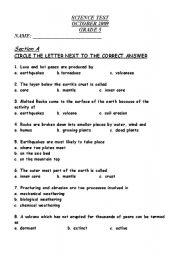



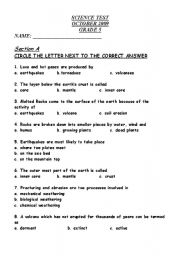
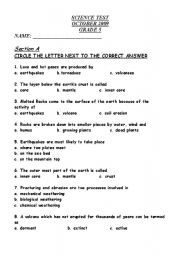
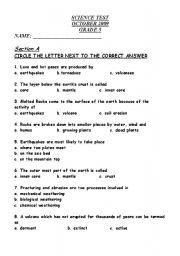
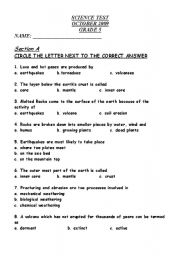

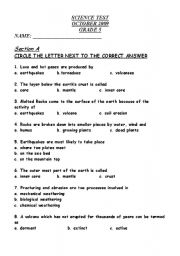
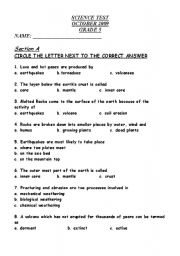
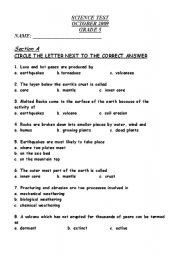

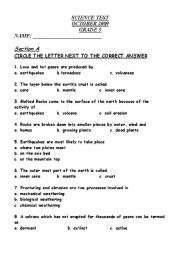

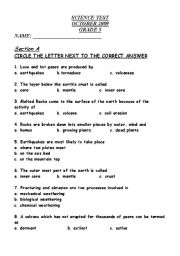
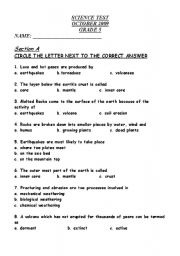
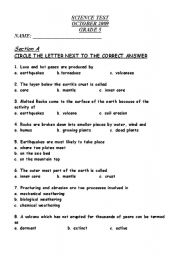
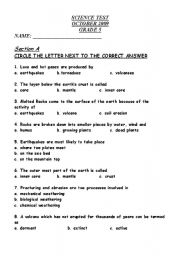
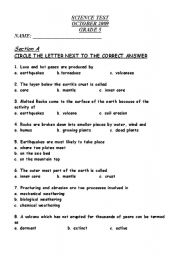
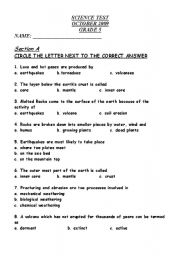
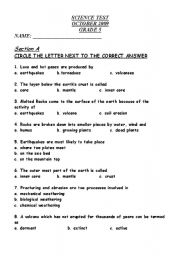









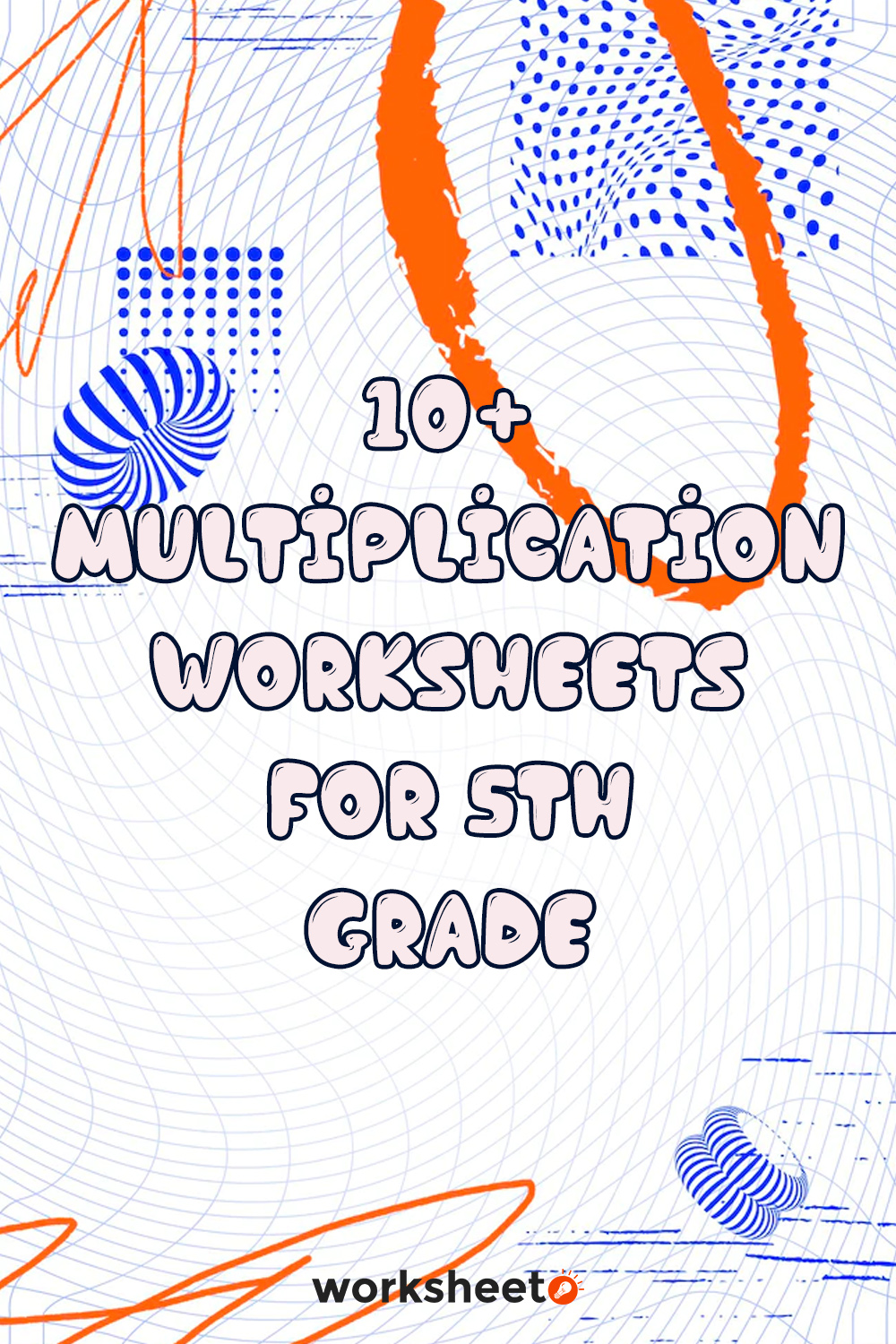
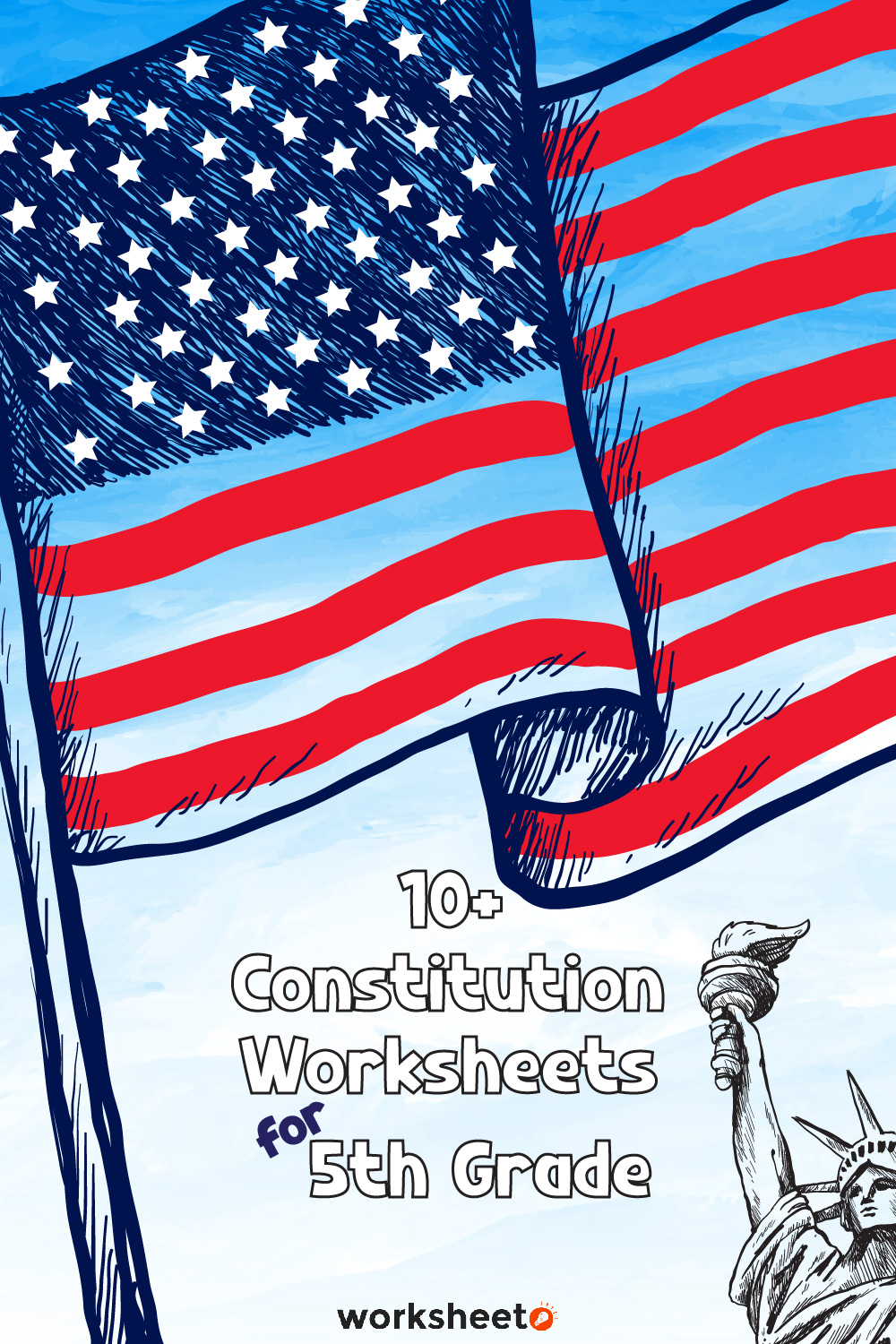
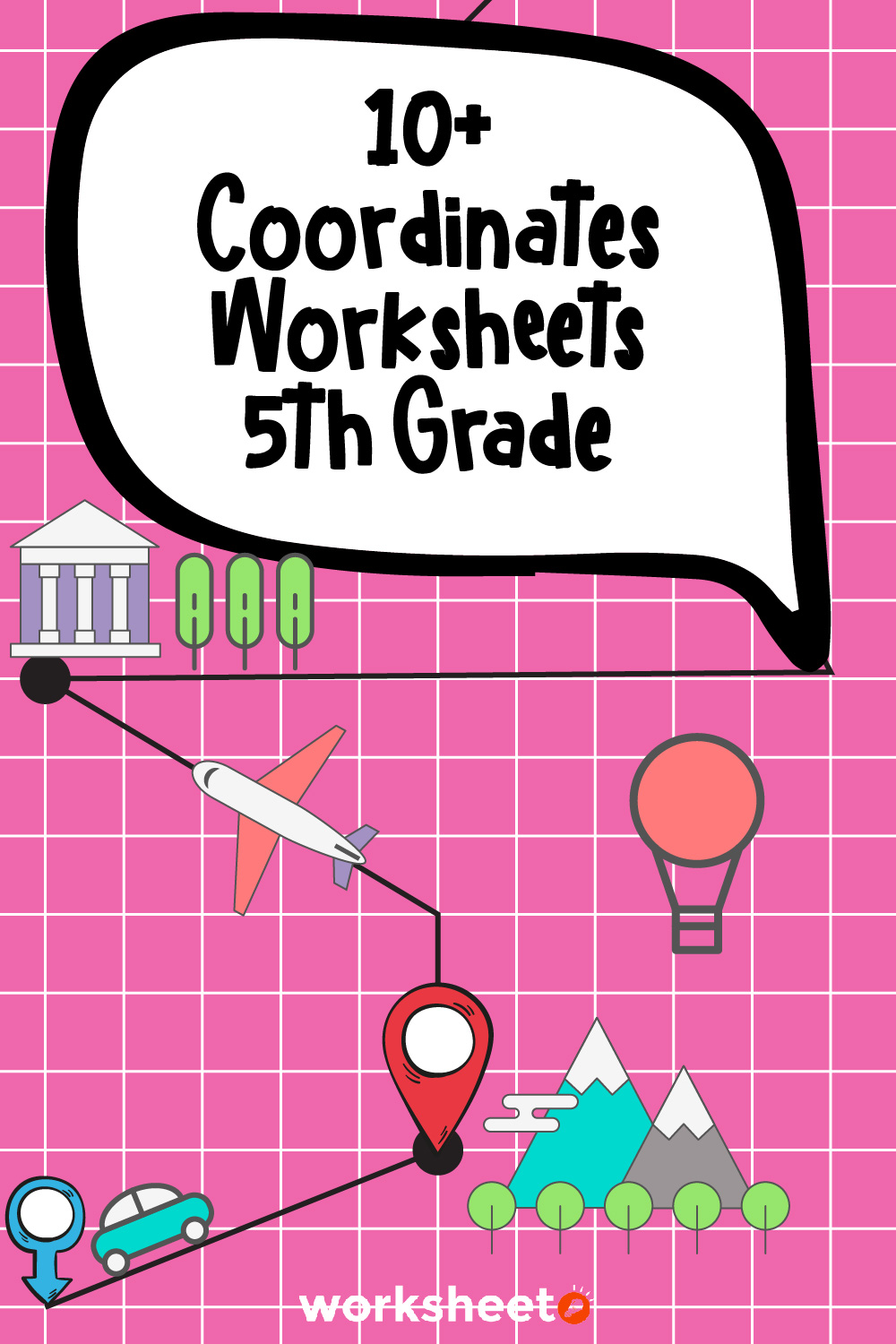
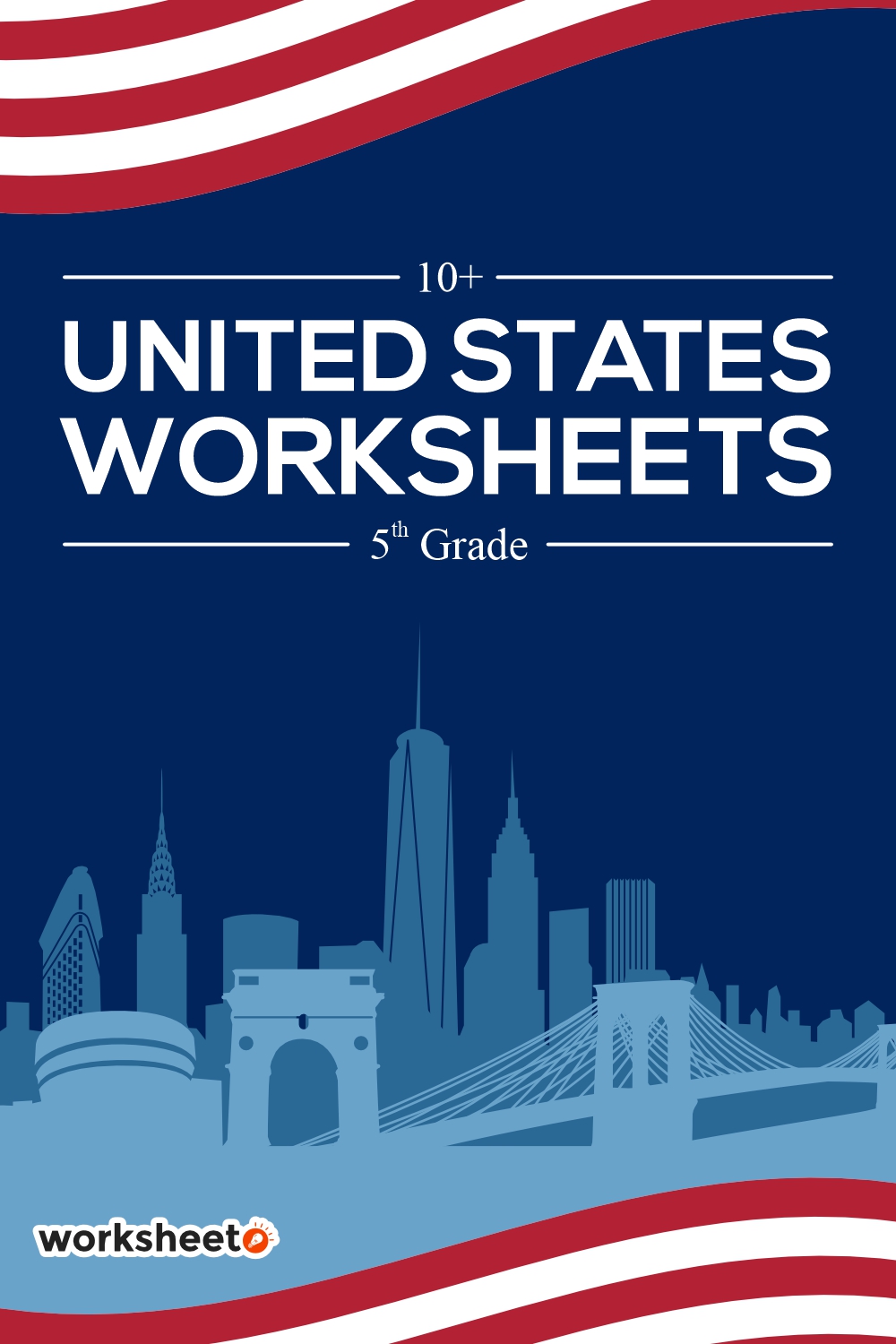

Comments